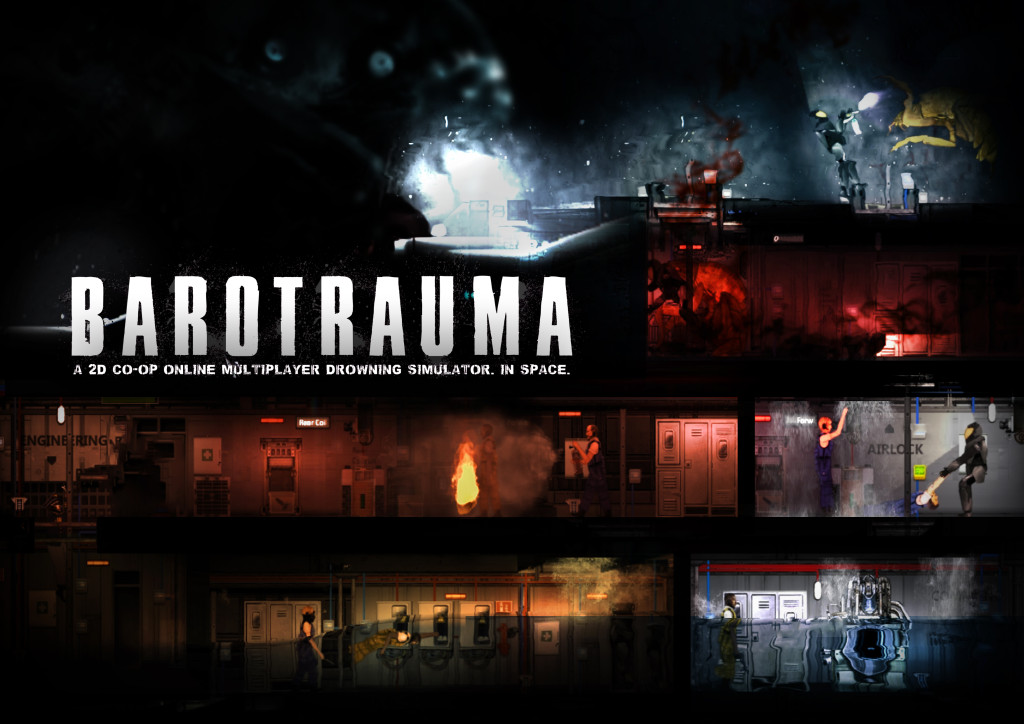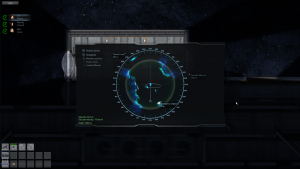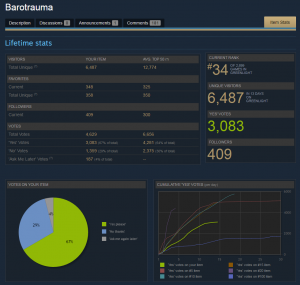I thought I’d make a little update about the changes we’ve been doing to the campaign mode (+ a few things that also affect other game modes)!
As you may have noticed, the current campaign is quite bare-bones. Personally I’m not satisfied at all with how it works: it feels like playing randomized mission rounds one after another, with the only major difference being that the changes to the submarine, items and characters are persistent. But there’s so much more we could do with it! Our main goal has been to give the player a better sense of progression, to make it feel like they’re gradually advancing through increasingly challenging areas and missions towards an ultimate end goal. We’ve also wanted to make Europa feel more like a living, breathing world that’s affected by the players actions. As to how we’re doing this, here’s some of the new and upcoming features:
New map

The campaign map doesn’t just look better, there’s been a few changes that should make things a lot more interesting. The map consists of 6 concentric rings, each representing a distinct biome (more about that later). Difficulty increases for each successive ring the player passes into, making sub and crew upgrades a necessity the deeper the player ventures. The end goal is to make it to the center of the map, and survive a literal and metaphorical dive into the heart of [REDACTED].
Biomes
There’s 6 distinct biomes, with different sorts of layouts, vegetation, creatures and environmental hazards. For example, the Hydrothermal Wastes are filled with sonar-disrupting sessile organisms, strong water currents and lava vents, the Great Void is a wide-open space where the player must avoid floating ice chunks and large predators, and the Europan Ridge is dense with smaller creatures, vegetation (including ones that latch onto the sub) and tunnels too narrow for the submarine to fit inside.
Note that many of the sprites in these pics are not final:
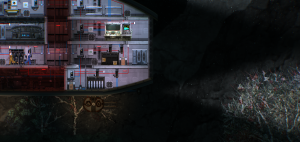
The Aphotic Plateau
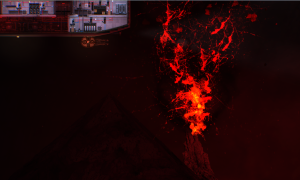
Lava vent
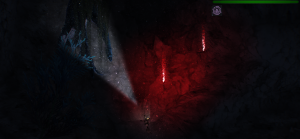
Europan Ridge
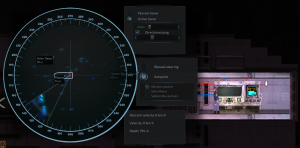
Water currents
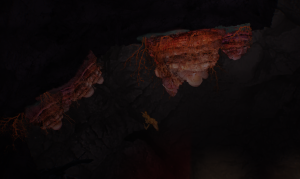
Sonar flora
New event system
With the overhauled event system I mentioned in the previous post, we have much better control over the difficulty of a given round. Previously the monsters spawns (and the spawn positions) were essentially random, and if you were lucky, it was possible to pass a high-difficulty level without even running into a single monster. With the new system we can guarantee that you will face various challenges in each level. The way the events work now is somewhat similar to Left 4 Dead’s AI director – it can delay additional random events when you already have your hands full with an attacking sea creature or a fire, or create new challenges when everything is going smoothly. There’s still a fair amount of randomness though, so this new system doesn’t mean that you’re safe from additional monster attacks when a catastrophic breach has flooded the sub, nor that you will be bombarded with random disasters when you’ve got everything under control.
In short, now the difficulty of a given level has a much more noticeable effect on the gameplay.
Dynamic world
Initially, colonies exist only on the outer rings of the map, with research outposts, military outposts and outposts scattered around the next inner rings, and bosses, natural formations and ruins occupying the rings further in. As the player explores subsequent rings, there is a chance of new outposts being created at newly claimed locations, as well as colonies further towards the outer rings gradually transitioning into colonies. There’s also locations called “breeding frounds” which host large numbers of wildlife and boss monsters. Outposts situated next to active breeding grounds may get attacked by sea creatures, and if the player doesn’t help them deter the attack, there’s a chance that it gets overrun and turns into an uninhabited location until it’s reclaimed.
While the dynamically changing locations don’t have such a noticeable effect on the gameplay now when the locations are simply menus with possibly some hireable characters and purchasable items, it will have a much greater impact when we implement…
Explorable locations
Outposts will be actual physical locations you can dock your submarine into and enter, and uninhabited locations will be places with a higher monster count and a high chance of a boss encounter. I don’t want to say too much about this feature yet, because it has not been fully designed and unfortunately will not be included in the initial early access release on Steam, but it’s coming for sure. I think it has a huge potential for interesting random events and interactions with the world and it’s inhabitants: imagine a renegade agent sneaking into your sub while you’re purchasing supplies from the outposts, a husk outbreak in a military facility, grabbing a beer at the pub while looking for new submariners to hire, exploring a flooded section of a research outpost…

Military outpost concept art

Mining outpost concept art

Habitation outpost concept art

